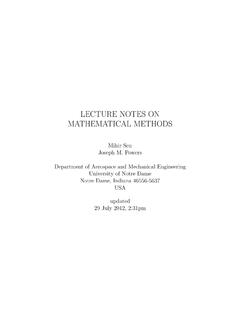Transcription of MATHEMATICS
1 1 MATHEMATICS (860) C LASS XII There will be two papers in the subject: Paper I : Theory (3 hours) ..80 marks Paper II: Project Work ..20 marks PAPER I (THEORY) 80 Marks The syllabus is divided into t hree sections A, B and C. Section A is compulsory for all candidates. Candidates will have a choice of attempting questions from EITHER Section B OR Section C. There will be one paper of three hours duration of 80 marks. Section A (65 Marks): Candidates will be required to attempt all questions. Internal choice will be provided in two questions of two marks, two questions of four marks and two questions of six marks each. Section B/ Section C (15 Marks): Candidates will be required to attempt all questions EITHER from Section B or Section C.
2 Internal choice will be provided in one question of two marks and one question of four marks. DISTRIBUTION OF MARKS FOR THE THEORY PAPER UNIT TOTAL WEIGHTAGE SECTION A: 65 MARKS 1. Relations and Functions 10 Marks 2. Algebra 10 Marks 3. Calculus 32 Marks 4. Probability 13 Marks SECTION B: 15 MARKS 5. Vectors 5 Marks 6. Three - Dimensional Geometry 6 Marks 7. Applications of Integrals 4 Marks OR SECTION C: 15 MARKS 8. Application of Calculus 5 Marks 9. Linear Regression 6 Marks 10. Linear Programming 4 Marks TOTAL 80 Marks 2 ()()-1-1-122-1-1-122-1-1-1-1-1-1 1111similarly t,11 t,11sin x sin y sinxyyxcos x cos y cosxyyxxyan x tan y tanxyxyxyan x tan y tanxyxy = = ++=< => + SECTION A 1.
3 Relations and Functions (i) Types of relations: reflexive, symmetric, transitive and equivalence relations. One to one and onto functions, composite functions, inverse of a function. Relations as: - Relation on a set A - Identity relation, empty relation, universal relation. - Types of Relations: reflexive, symmetric, transitive and equivalence relation. Functions: - Conditions of invertibility. - Composite functions and invertible functions (algebraic functions only). (ii) Inverse Trigonometric Functions Definition, domain, range, principal value branch. Elementary properties of inverse trigonometric functions. - Principal values. - sin-1x, cos-1x, tan-1x etc. and their graphs.
4 - sin-1x =12 1211xcosxtanx = . - sin-1x=x1cosec1 ; sin-1x+cos-1x= 2 and similar relations for cot-1x, tan-1x, etc. - Formulae for 2sin-1x, 2cos-1x, 2tan-1x, 3tan-1x etc. and application of these formulae. 2. Algebra Matrices and Determinants (i) Matrices Concept, notation, order, equality, types of matrices, zero and identity matrix , transpose of a matrix , symmetric and skew symmetric matrices. Operation on matrices: Addition and multiplication and multiplication with a scalar. Simple properties of addition, multiplication and scalar multiplication. Non- commutativity of multiplication of matrices and existence of non-zero matrices whose product is the zero matrix (restrict to square matrices of order upto 3).
5 Invertible matrices and proof of the uniqueness of inverse, if it exists (here all matrices will have real entries). (ii) Determinants Determinant of a square matrix (up to 3 x 3 matrices), properties of determinants, minors, co-factors. Adjoint and inverse of a square matrix . Solving system of linear equations in two or three variables (having unique solution) using inverse of a matrix . 3 - Types of matrices (m n; m, n 3), order; Identity matrix , Diagonal matrix . - Symmetric, Skew symmetric. - Operation addition, subtraction, multiplication of a matrix with scalar, multiplication of two matrices (the compatibility). )(2221112011sayAB= but BA is not possible. - Singular and non-singular matrices.
6 - Existence of two non-zero matrices whose product is a zero matrix . - Inverse (2 2, 3 3) AAdjAA= 1 Martin s Rule ( using matrices) a1x + b1y + c1z = d1 a2x + b2y + c2z = d2 a3x + b3y + c3z = d3 = = =zyxXdddBcbcbA321333222111aacba AX = B BAX1 = Problems based on above. Determinants - Order. - Minors. - Cofactors. - Expansion. - Properties of determinants. Problems based on properties of determinants. 3. Calculus (i) Differentiation, Derivative of composite functions, chain rule, derivatives of inverse trigonometric functions, derivative of implicit functions. Concept of exponential and logarithmic functions. Derivatives of logarithmic and exponential functions. Logarithmic differentiation, derivative of functions expressed in parametric forms.
7 Second order derivatives. Rolle's and Lagrange's Mean Value Theorems (without proof) and their geometric interpretation. Differentiation - Derivatives of trigonometric functions. - Derivatives of exponential functions. - Derivatives of logarithmic functions. - Derivatives of inverse trigonometric functions - differentiation by means of substitution. - Derivatives of implicit functions and chain rule. - e for composite functions. - Derivatives of Parametric functions. - Differentiation of a function with respect to another function differentiation of sinx3 with respect to x3. - Logarithmic Differentiation - Finding dy/dx when y = xxx . - Successive differentiation up to 2nd order.
8 NOTE : Derivatives of composite functions using chain rule. L' Hospital's theorem. - (ii) Applications of Derivatives Applications of derivatives: rate of change of bodies, increasing/decreasing functions, tangents and normals, maxima and minima (first de rivative test motivated geometrically and second derivative test given as a provable tool). Simple problems (that illustrate basic principles and understanding of the subject as well as real-life situations). Equation of Tangent and Normal Increasing and decreasing functions. Maxima and minima. - Stationary/turning points. - Absolute m axima/minima 4 - local maxima/minima - First derivatives test and second derivatives test - Application problems based on maxima and minima.
9 (iii) Integrals Integration as inverse process of differentiation. Integration of a variety of functions by substitution, by partial fractions and by parts, Evaluation of simple integrals of the following types and problems based on them. Fundamental Theorem of Calculus (without proof). Basic properties of definite integrals and evaluation of definite integrals. Indefinite integral - Integration as the inverse of differentiation. - Anti-derivatives of polynomials and functions (ax +b)n , sinx, cosx, sec2x, cosec2x etc . - Integrals of the type sin2x, sin3x, sin4x, cos2x, cos3x, cos4x. - Integration of 1/x, ex. - Integration by substitution. - Integrals of the type f ' (x)[f (x)]n, ().
10 ()fxfx - Integration of tanx, cotx, secx, cosecx. - Integration by parts. When degree of f (x) degree of g(x), +++ =+++23131231222xxxxxx Definite Integral - Fundamental theorem of calculus (without proof) - Properties of definite integrals. - Problems based on the following properties of definite integrals are to be covered. =babadttfdxxf)()( =abbadxxfdxxf)()( +=bccabadxxfdxxfdxxf)()()( where a < c < b +=babadxxbafdxxf)()( 00()()aaf x dxf ax dx= 22 () ,(2)()()000,(2)( )aafxdxif f a x fxf x dxf a xfx = = = 02( ) , if is an even function() 0, if is an odd functionaaaf x dxff x dxf = (iv) Differential Equations Definition, order and degree, general and particular solutions of a differential equation.
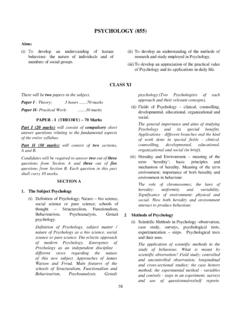
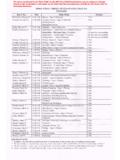

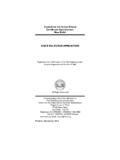
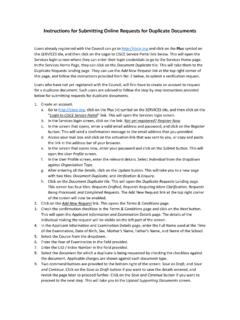
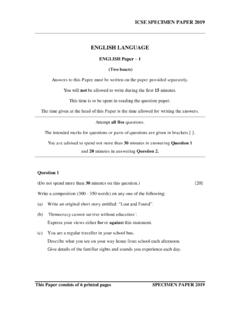
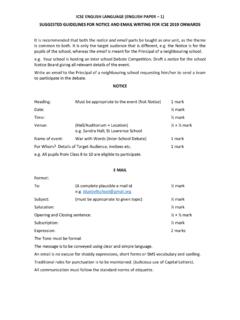
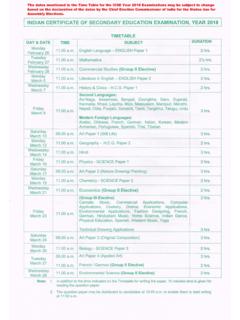
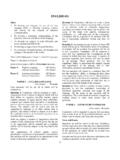
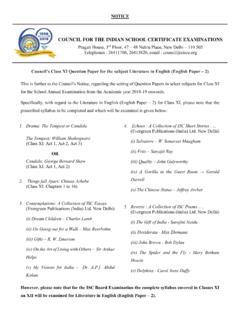
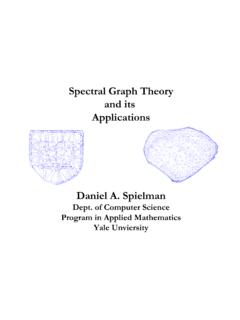



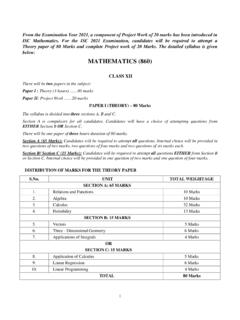
![The Delta Sequence - - - [n]](/cache/preview/4/5/f/4/3/f/1/e/thumb-45f43f1eaf2ef1960b4bc76c800b38e3.jpg)

